LLMs And Chatbots: An Incomparable Match by Tech Manifest Destiny
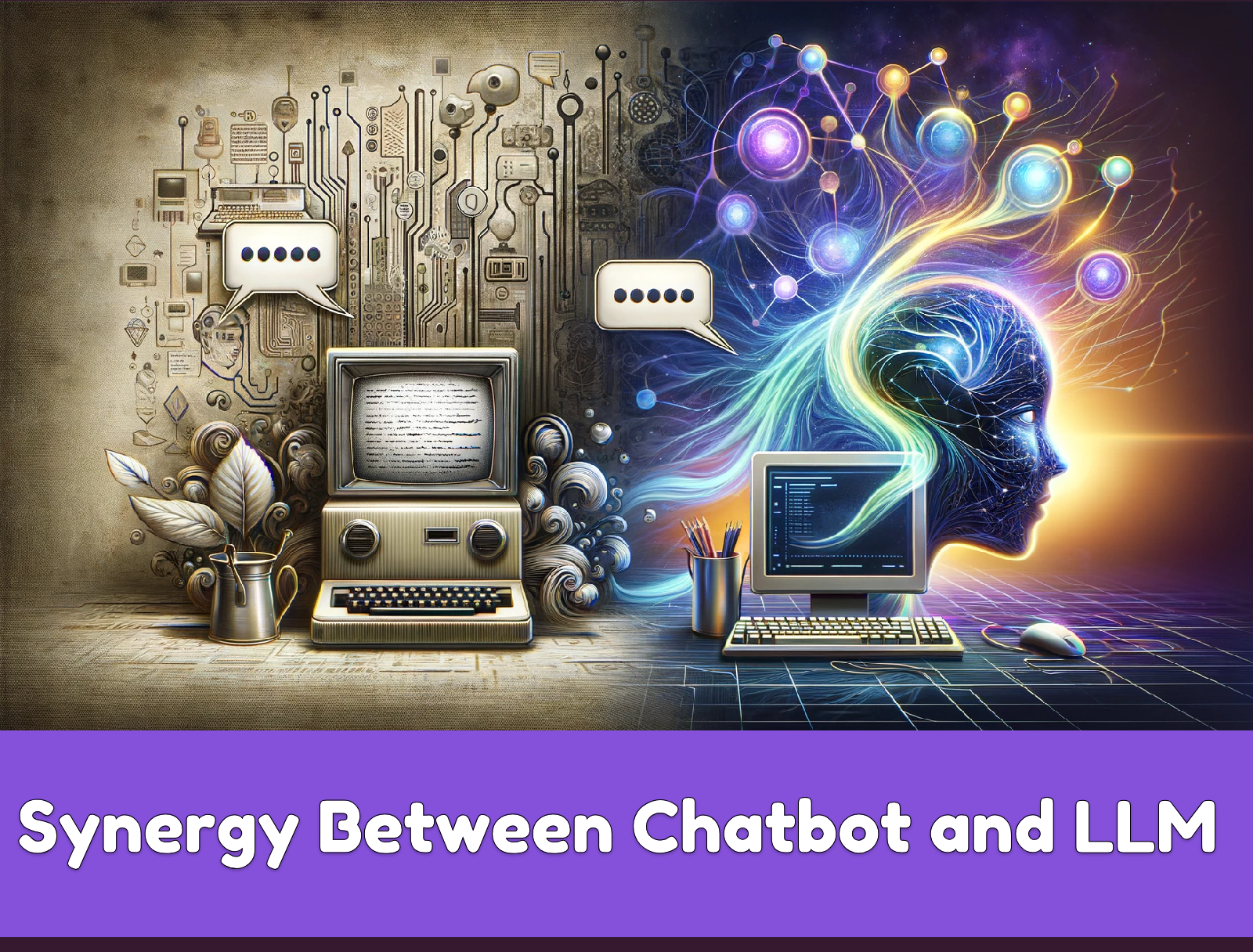
Explore the transformative power of Large Language Models (LLMs) in revolutionizing chatbots and enhancing various aspects of customer engagement.
Introduction
In the realm of artificial intelligence, Large Language Models (LLMs) stand as formidable tools, revolutionizing the landscape of chatbots and human-computer interactions. Operated on transformer architectures, LLMs possess the remarkable ability to process and generate sequential data with astonishing accuracy, akin to human-written content. Meanwhile, AI-powered chatbots, with their rich history dating back to the 1960s, have evolved into sophisticated services designed to simulate human interactions across various platforms. As we delve into the synergistic integration of LLMs and chatbots, we witness a paradigm shift in language processing capabilities, paving the way for unprecedented levels of comprehension, personalization, and user engagement.
What are LLMs(Large Language Models)
A large language model (LLM) operates on a transformer architecture, specifically designed for processing and generating sequential data such as text. These models undergo training on vast textual datasets, progressively refining their ability to produce text that closely resembles human-written content.
While LLMs excel at predicting the next word in a sequence, their output isn’t infallible. Their text generation relies on learned patterns from training data, which might be incomplete, outdated, or contain errors. LLMs lack the ability to recall facts from memory; instead, they focus on generating text that sounds natural.
To overcome this limitation, LLMs can be enhanced with tools that grant access to external knowledge sources, enhancing their ability to retrieve current information and expand their reasoning capabilities. These enhanced LLMs are often referred to as “agents.” By combining text generation with access to pertinent facts, agents can furnish more accurate and informative responses.
It’s crucial to understand that LLMs have a knowledge cutoff, typically determined by the last date of training data, and they cannot access private or non-public information. Integrating LLMs with external knowledge sources helps address this constraint, empowering them to function in real-world scenarios by leveraging additional information.
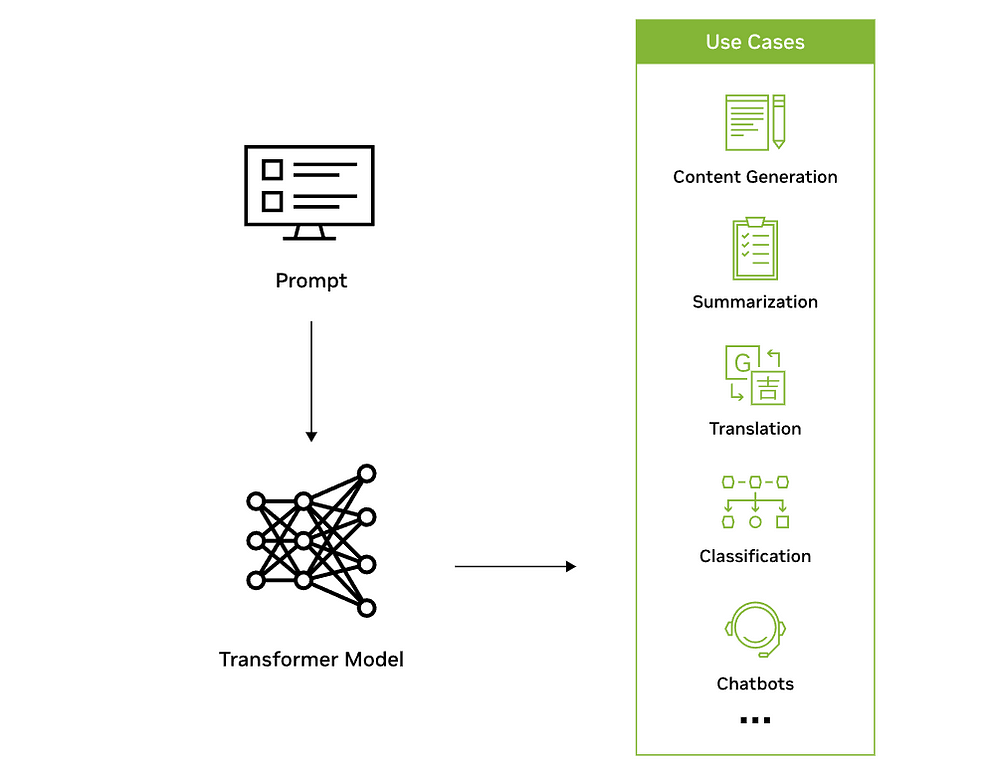
For more information about how LLMs work, check our blog.
What are chatbots?
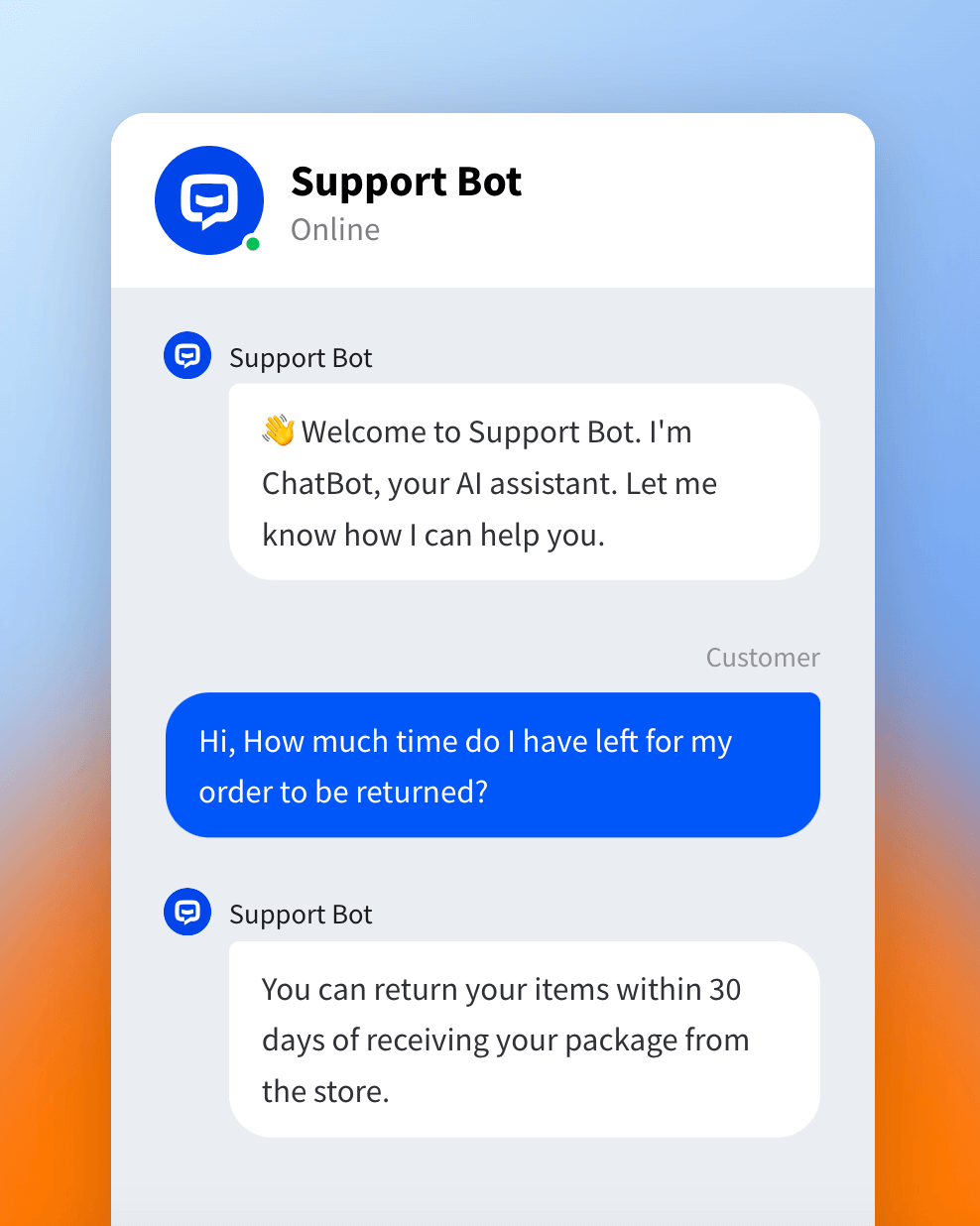
AI-powered chatbots are innovative services designed to simulate human interactions while distinctly maintaining their artificial nature. These bots facilitate real-time engagement between businesses and customers, efficiently addressing inquiries, completing tasks, and processing transactions. By handling routine queries, they enable customer service teams to allocate their attention to more intricate issues.
Chatbots have a rich history spanning back to the 1960s, with notable predecessors like ELIZA and Siri. They operate through various methods including templates, keyword recognition, and sophisticated techniques such as Natural Language Processing (NLP) and Machine Learning (ML) to comprehend and respond to user inputs effectively. With their versatility, chatbots excel at a multitude of tasks ranging from customer support to executing repetitive tasks at scale.
Moreover, they seamlessly transition conversations to human agents when necessary, ensuring a smooth user experience. Chatbots provide an omni-channel presence, engaging users across diverse platforms such as websites, messaging applications, virtual assistants, and even telephone systems.
“I think chatbots and voice bots may become the future of commerce, as it relates to Gen Z.” — Tiffany Zhong, Founder & CEO of Zebra Intelligence.
Evolution of chatbot: Transforming from Rule-Based to AI-Powered Chatbot Design
Since 2016, the field of chatbot design has undergone significant transformation, transitioning from graphical user interfaces to AI-powered conversational interfaces. This shift has sparked a renewed emphasis on refining methodologies and adopting best practices. Successful chatbot design now centers on crafting natural, human-like conversations, akin to text messaging or voice interactions.
Previously, chatbot design primarily relied on rule-based approaches, where predetermined decision trees dictated responses. However, the advent of advanced language models like GPT-4 has revolutionized the landscape. These sophisticated models harness AI to comprehend user inputs and generate text that closely resembles human speech. This paradigm shift has reshaped chatbot design, placing greater emphasis on improving conversational capabilities, specialized training in specific domains, and delivering tangible value to users. Consequently, the outcome is a more immersive and effective user experience.
Transforming Chatbot Conversations: LLMs to the Rescue!
Get ready to witness a language revolution like never before! Large Language Models (LLMs), the remarkable creations of artificial intelligence, are poised to revolutionize the landscape of chatbots.
LLMs are like linguistic wizards, utilizing the power of deep learning algorithms and vast datasets to unravel the intricacies of human language. Their ability to predict what comes next based on your input is akin to having a psychic companion who can finish your sentences! Take Google’s BERT, for instance, a search engine marvel that can anticipate your queries with astonishing precision, even with minimal information.
But let’s not overlook the reigning champion of the LLM domain: ChatGPT by OpenAI. This captivating creation took the world by storm, amassing over a million users within a mere five days of its launch. Move aside, Instagram and Spotify! ChatGPT’s magic lies in its capacity to produce responses that closely emulate human conversations. Trained on an astounding 300 million words and boasting a staggering 175 billion parameters, it’s like having a chatbot companion who truly understands you.
The era of robotic, scripted chatbot interactions is now a thing of the past. LLM-powered chatbots possess the extraordinary ability to generate personalized and contextually relevant responses in real-time. Picture seeking customer service assistance and receiving not just generic replies, but tailored solutions that make you feel valued. It’s akin to having a chatbot ally who knows you better than your favorite barista!
With LLMs leading the charge, the landscape of chatbot conversations is forever changed. These linguistic virtuosos infuse a sense of humanity into digital interactions.
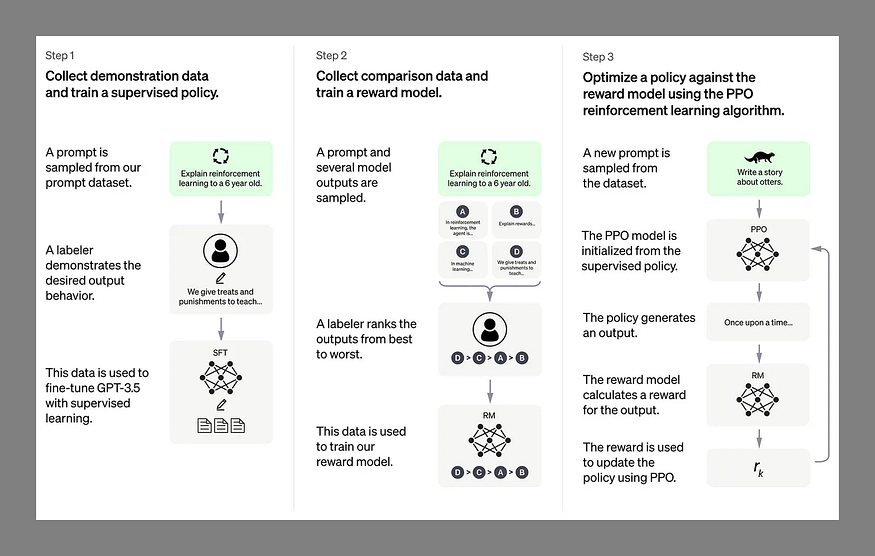
How LLMs revolutionize Chatbots
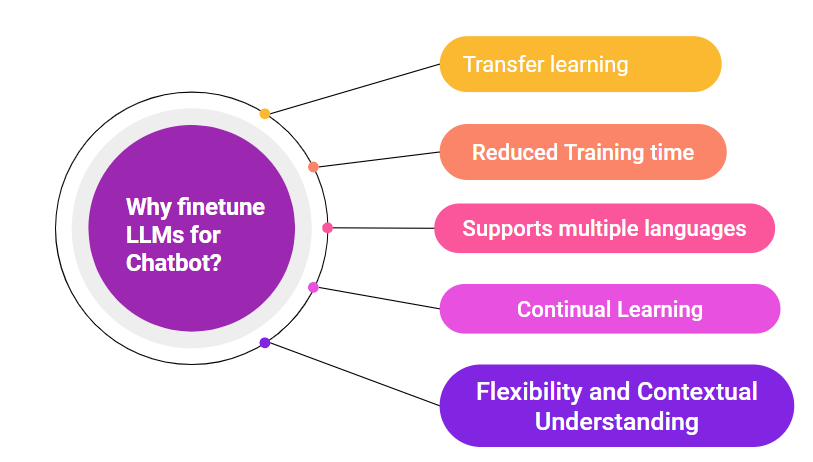
LLMs revolutionize chatbots by fundamentally transforming their language processing capabilities. These advanced models enable chatbots to comprehend the intricacies of human language with unprecedented accuracy, allowing them to discern the true intent behind user inputs. Leveraging contextual comprehension, LLM-powered chatbots interpret conversations more effectively, providing contextually relevant responses that enhance user engagement.
Moreover, LLMs facilitate continuous learning, enabling chatbots to adapt and improve over time through interactions with users. Equipped with this technology, chatbots confidently tackle complex queries, offering precise answers without human intervention. With their expanding repertoire and mastery of Natural Language Processing, LLMs empower chatbots to deliver seamless, natural conversations, enriching the overall user experience.
Here are some key details:
- Cracking the Language Code: LLM AI models excel in deciphering the intricate nuances of human language. This remarkable capability empowers chatbots to grasp the true essence of user inputs, resulting in more precise and meaningful responses.
- Grasping Context: Similar to understanding subtle conversational cues, LLM AI models enable chatbots to comprehend context. By analyzing the broader dialogue, chatbots can interpret user inputs more accurately, leading to clearer and contextually appropriate responses.
- Continuous Learning: LLM AI models revolutionize chatbots by breaking free from static programming constraints. This allows chatbots to evolve continuously through interactions. With each conversation, chatbots adjust their responses, delivering a personalized and dynamic user experience that improves over time.
- Handling Complexity: Complex inquiries are no match for LLM AI models. Equipped to understand and respond adeptly, chatbots can tackle intricate questions and statements, providing precise answers without requiring human intervention.
- Diversifying Responses: LLM AI models expand the scope of chatbot capabilities. By continuously learning from diverse interactions, chatbots broaden their knowledge base, becoming versatile assistants capable of addressing a wide array of user needs and inquiries.
- Mastering NLP: Natural Language Processing reaches unprecedented levels with LLM AI models. By enhancing the chatbot’s ability to comprehend and generate human language, conversations flow smoother, feel more natural, and create delightful experiences for users.
Beneficial ways of how LLM chatbots can be applied
Enhance the Ecommerce experience
LLM technology revolutionizes the ecommerce experience by empowering customers to directly engage with their favorite brands in a more personalized manner. Rather than relying on brands to showcase products, customers can interact with chatbots to express their specific preferences and needs. The LLM chatbot analyzes these inputs to offer customized recommendations, guiding customers to the products that best fit their requirements. With its conversational prowess, the LLM chatbot provides human-like assistance, helping customers make informed decisions and addressing inquiries seamlessly. Ecommerce pioneers can capitalize on this tailored service to craft tiered customer service experiences, catering to the needs of premium customers.
Brand and tone
LLM chatbots excel in upholding a brand’s personality and tone with unparalleled consistency. Unlike the conventional contact center model, where maintaining agent consistency necessitates extensive training and quality assurance checks, LLMs streamline the process by ingesting only top-notch responses that align with the brand’s standards and customer expectations. Consequently, the chatbot effortlessly mirrors the brand’s guidelines in every interaction, significantly reducing the necessity for frequent training and quality assurance assessments.
Comprehension
Thanks to LLM capabilities, chatbots can adeptly comprehend customer inquiries and engage in multi-step dialogues, such as offering troubleshooting assistance across various stages. Furthermore, the contextual memory of LLMs enables chatbots to decipher and respond to multiple questions within a single, or even a compound, sentence. For instance, if a customer encounters multiple issues with an order, they can list all their queries to the bot and receive individual responses for each concern.

Segmentation
LLM chatbots possess the ability to discern a customer’s marketing persona based on their interactions with the bot. By recognizing these patterns, the chatbot can adjust its responses and recommendations, tailoring the experience to each individual and creating a hyper-personalized encounter. For instance, if the chatbot identifies that a customer seeking support is highly technical, it can modify its response to align with the customer’s technical language and preferences.
Multilingual capabilities
LLM chatbots have the versatility to communicate with customers in any language, unrestricted by the language utilized in a brand’s knowledge base. This functionality broadens the scope to cater to the global market of diverse customers. For instance, if a brand’s knowledge base is in English and a customer seeks assistance in French, the bot can understand the customer’s inquiry, process information from its English knowledge base, and provide a response in French.
Text-to-voice
Develop an interactive digital avatar that simulates conversing with a human associate displayed on a screen within a store setting. Leveraging the language comprehension and response capabilities of LLMs, these bots can emulate a more natural and human-like interaction, minimizing the perceived rigidity often associated with traditional chatbots.
Use Cases of Chatbots Trained on LLMs
LLMs lend themselves well to task-specific training, enabling chatbots equipped with them to be deployed across various departments for specialized functions.
- Sales and Marketing: LLM-based chatbots excel at guiding prospects, offering personalized recommendations, and building customer profiles, thereby enhancing sales and marketing endeavors.
- Content Marketing: generating tailored content, providing recommendations, automating distribution, and gathering customer feedback.
- Customer Support: LLM chatbots shine in handling conversations autonomously, delivering consistent and accurate responses, addressing FAQs, and furnishing real-time information to enrich support experiences.
- Social Media Marketing: these chatbots leverage internal knowledge to gather user data, engage in social media interactions, and keep customers informed about the latest releases, events, and promotions.
- Training and Development: LLMs ensure chatbots uninterrupted access to learning content, personalized learning experiences, round-the-clock doubt resolution, and immediate feedback for learners.
Conclusion
The marriage of Large Language Models (LLMs) and AI-powered chatbots heralds a new era of human-computer interactions characterized by unparalleled comprehension, personalization, and user engagement. As LLMs revolutionize language processing capabilities, chatbots equipped with these advanced models emerge as intelligent conversational agents, adept at deciphering user intents, providing contextually relevant responses, and continuously learning and adapting over time. From enhancing ecommerce experiences to upholding brand consistency and catering to multilingual audiences, the applications of LLM-powered chatbots are boundless. As businesses embrace this transformative technology, they unlock the potential to redefine customer interactions and shape the future of digital engagement.
novita.ai, the one-stop platform for limitless creativity that gives you access to 100+ APIs. From image generation and language processing to audio enhancement and video manipulation,cheap pay-as-you-go , it frees you from GPU maintenance hassles while building your own products. Try it for free.
Recommended reading
What is the difference between LLM and GPT
LLM Leaderboard 2024 Predictions Revealed
Novita AI LLM Inference Engine: the largest throughput and cheapest inference available